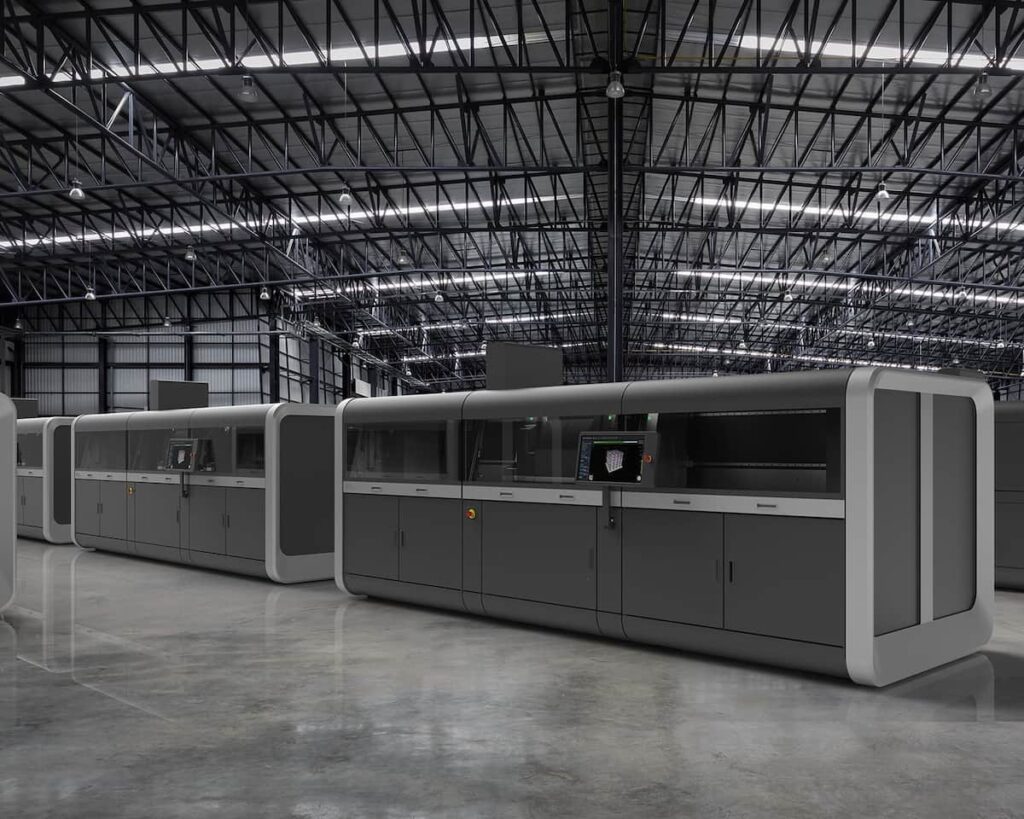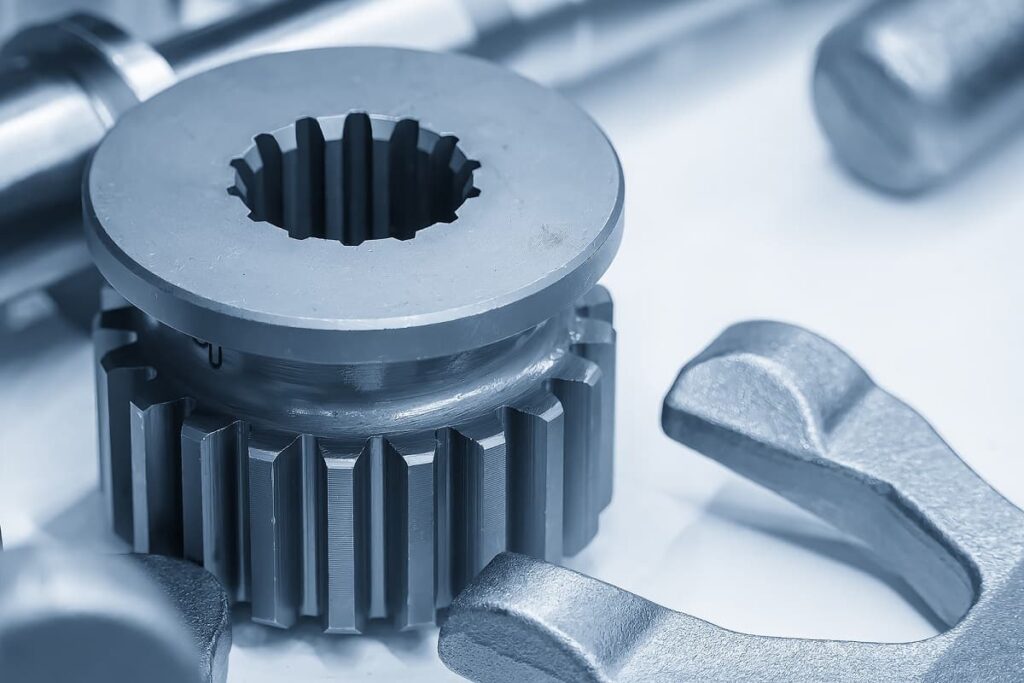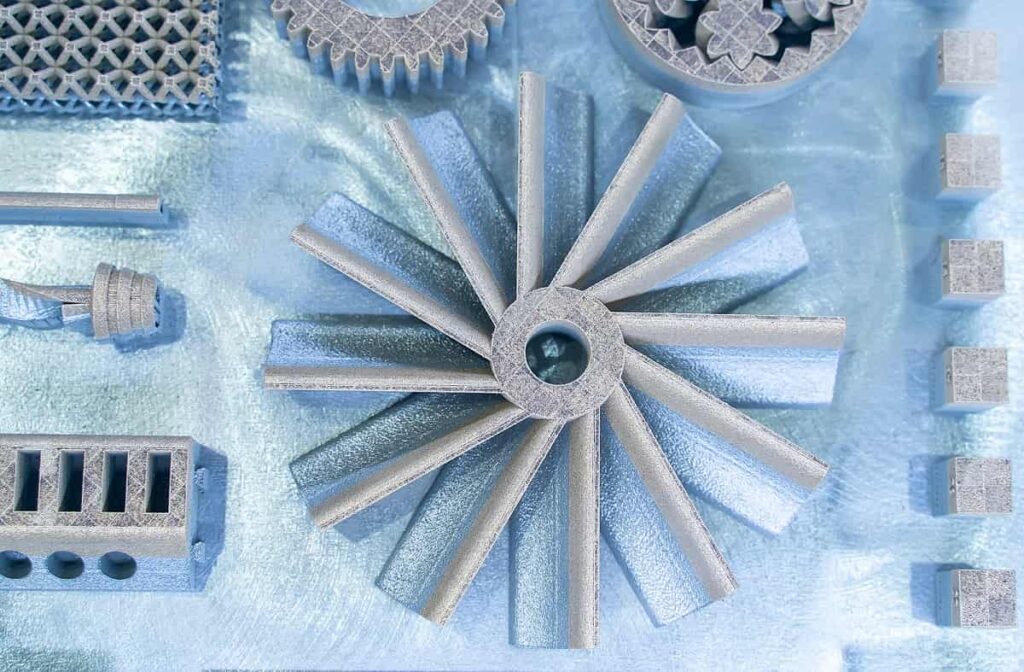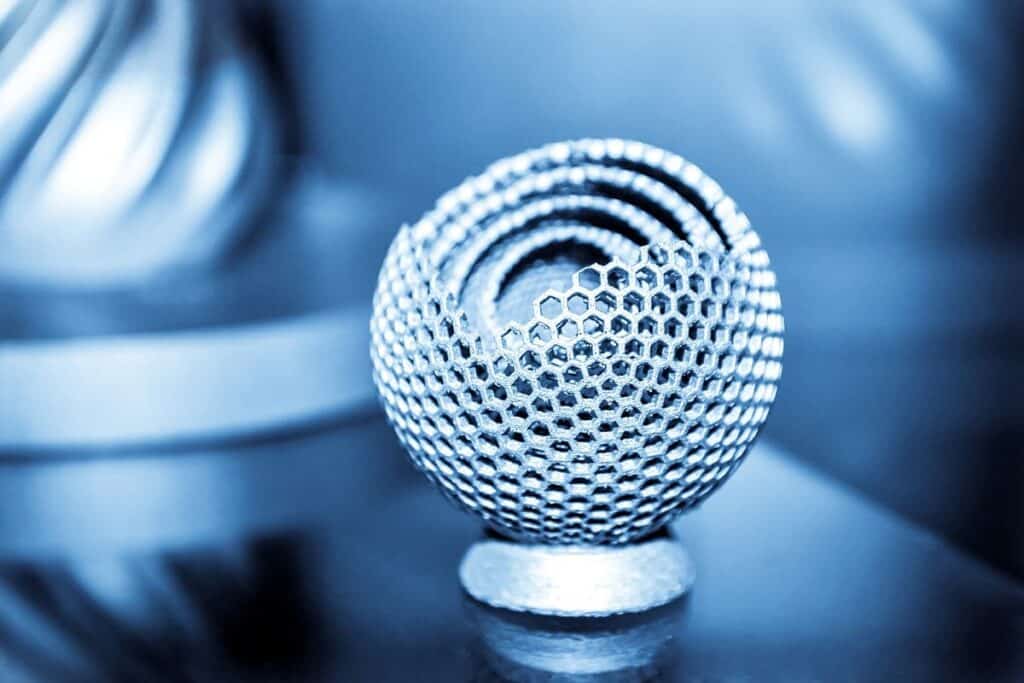Desktop Metal 3D Printers Set to Disrupt Manufacturing
Table of contents

Fake news is a term that has been bandied about quite liberally the last few years. Politics aside, most news narratives tend to be pretty black and white, while the reality is that there are usually shades of grey to any story. Take the ongoing saga of 3D printing. We’ve certainly written loads about how the technology has largely struggled to establish a market, with most publicly traded 3D companies returning little value to their investors. In their 2019 report on advanced manufacturing, the bright minds at CB Insights wrote that “early enthusiasm [for 3D printing] has waned” and the technology has “failed to fully take shape.” Within the research firm’s NExTT framework, which analyzes industry adoption of various technologies, CB Insights considers 3D printing “transitory” in advanced manufacturing, meaning there is uncertainty about market opportunity. However, as the trend becomes more broadly understood, markets will arise.

And that’s certainly the story that is emerging. For example, business models around on-demand manufacturing, including things as simple as footwear or braces for teeth, are helping make 3D printing companies relevant. The next chapter in this particular storybook could very well be written by companies like Desktop Metal, which is on the verge of finally bringing mass 3D metal printing to the manufacturing masses.
The Disruption of Integration
In fact, Desktop Metal co-founder and CTO Jonah Myerberg believes 3D printing technology is already becoming an integral part of advanced manufacturing, the digital factory, Industry 4.0 – whatever you want to call it. These so-called factories of the future boast industrial robotics, digitized assets, and computer vision for quality control. “When people take a look at the way that this advanced manufacturing is evolving, it’s hard to imagine advanced manufacturing without 3D printing,” Myerberg told us during a phone interview last month.

Disruption isn’t always about replacement, he emphasized, as no one is seriously suggesting that 3D metal printing will completely displace metal injection molding, machining, or other manufacturing processes. “The disruption will be more of an integration or harmonization of the technologies, where 3D printing fills the gap in traditional manufacturing processes,” he said.
3D Printing Money


“You wouldn’t see Ford or BMW investing in companies like Desktop Metal if this was [for] one-off prototyping machines they wanted to put into their R&D space,” Myerberg said.
At the time of the Koch Industries-led Series E, Forbes quoted Desktop Metal’s co-founder and CEO Ric Fulop that the $160 million investment would likely be the last before an IPO, saying the company is funded through “cash-flow breakeven.”
3D Metal Printing for Mass Production
While Desktop Metal is known for its office-friendly Studio System for prototyping, no doubt much is riding on the success of the Production System, which Desktop Metal claims is the world’s fastest 3D metal printer. The company goes on to say that the Production System is more than four times faster than any binder jet competitor and offers a 100 times speed improvement over any laser-based system – all at up to 20 times less cost than other 3D metal printers. It can churn through 150 metric tons of metal per year.

The machine uses two print bars containing more than 32,000 nozzles that work in conjunction with powder spreaders to disperse metal powder and print in a single pass across the build area, jetting up to three billion drops per second. Once the loose powder is removed from the part, it is heated to near the melting point to remove any remaining binder, causing the metal particles to fuse together and the parts to densify in a process known as sintering.
Advantages
One of the real advantages of 3D metal printing is that manufacturers are no longer shackled to the manufacturing method, allowing them to design parts that optimize material and function. Or, as Myerberg puts it, “You’re making parts that are designed not for their manufacturing method, but more for their application.”
Automotive manufacturers, for instance, can shave serious weight if they can shrink the number of parts required for a vehicle chassis from, say 17, to just one 3D printed piece. Companies like GE are already doing that in aerospace manufacturing using laser-based 3D printing. Electric vehicle manufacturers (see investors list above) could do the same using metal parts that are lighter, stronger, and more compact. And there’s an additional advantage, according to Myerberg, in that metal is infinitely recyclable compared to polymer-based materials, which appeals to his environmental side.
Customers
Two major customers have already purchased the Production System. One is a “very large Fortune 500” company that Myerberg declined to identify at this point. Nor could he specify the type of components that the customer is manufacturing in its factory. The other is a company based in India called Indo-MIM that is one of the world’s biggest metal injection molding manufacturers. “They see 3D printing, especially the Production System, as a very disruptive technology for their business but they wisely want to leverage it,” Myerberg said. “They feel that 3D printing of metal components can work in concert with metal injection molding; it can fill these major gaps in their customer base.” Indo-MIM has operations around the globe, including Texas, so they also see this as a way to re-shore manufacturing to the US.
Indo-MIM represents one of the two types of customers that the Production System was designed to attract, according to Myerberg. It fills the role of service provider, manufacturing components for customers who don’t need to invest in their own Production System but want 3D-designed and -printed parts. The other kind of Production System customers are companies like Ford and BMW who will use the machines in their factories for in-house manufacturing.
New 3D Metal Printer Hits the Sweet Spot
Last month, Desktop Metal opened 3D metal printing for manufacturing to a third category of customers with the introduction of the Shop System, a $150,000 high-speed, single-pass print engine that is designed specifically for machine shops and metal job shops. These businesses need more capacity than the Studio System, but the volume offered by the Production System would simply be overkill. In contrast, the Shop System hits a “sweet spot” in that it is 10 times faster than the Studio System, Myerberg said, but runs at a 10th the cost and a 10th of the speed of the Production System. Its 70,000 nozzles per print bar can crank out about 150 pounds of metal components per day.

Myerberg emphasized that the Shop System is yet another way to supplement advanced manufacturing, not replace it. 3D printed metal parts can’t compete with the accuracy and tolerances of parts off a metal shop cutting machine. However, a 3D metal printer can produce up to 90% of the geometry of a part without the need to hack down a chunk of steel. “You don’t need to do that anymore,” Myerberg said. “That comes off for free. And then you just come in and you clean up and you drill your holes or you clean up your surfaces and you add your precision tolerances with your cutting machine.”
Moving Beyond Metal
Also in November, Desktop Metal introduced its first non-metal 3D printer, Fiber, which is a desktop 3D printer capable of fabricating industrial-grade fiber composite parts in what’s called an automated fiber placement (AFP) process. The material is twice as strong as steel but at one-fifth the weight, offering both strength and high heat tolerance. Such 3D printers already sort of exist – Boeing employs them to manufacture airplane wings and fuselages, for example – but the mass-produced, off-the-shelf material used in that manufacturing process doesn’t lend itself to producing parts for a wider range of applications. Use cases for Fiber included everything from parts for race cars to robotic arm components and more.

“We use the exact same material, just in a smaller cut to lay up in the parts,” Myerberg explained. “And so you end up with the same performance as these extremely high-strength aircraft components in your 3D printer part. That’s never been possible before.”
Fiber is expected to be the first in a line of non-metal printers that will introduce a new suite of materials for 3D printing, Myerberg said, as well as larger print volumes. “The family of products that will come out within the fiber family is really going to be game changing,” he added.
Conclusion
It’s hard not to be excited by the potential of what Desktop Metal is developing, while retaining a healthy skepticism because it seems like we’ve heard these sorts of promises before from the 3D printing industry. But it feels different this time. The company has obviously spent a lot in R&D in the first few years, launching its Studio System early on while obviously focused on much more ambitious technologies that are now taking shape. Next year will be a crucial test of that promise, as the Production System begins full production and both the Shop System and Fiber also become available to customers. While there is no timeline for an IPO, it seems that the Desktop Metal team doesn’t want to take the company public until it’s profitable. And that would certainly be a much different story than we’ve had in 2019.
Sign up to our newsletter to get more of our great research delivered straight to your inbox!
Nanalyze Weekly includes useful insights written by our team of underpaid MBAs, research on new disruptive technology stocks flying under the radar, and summaries of our recent research. Always 100% free.














